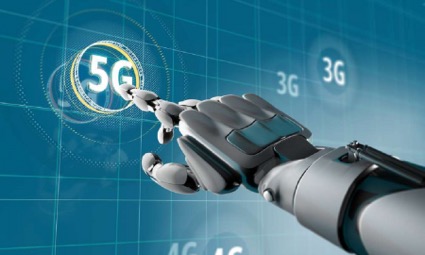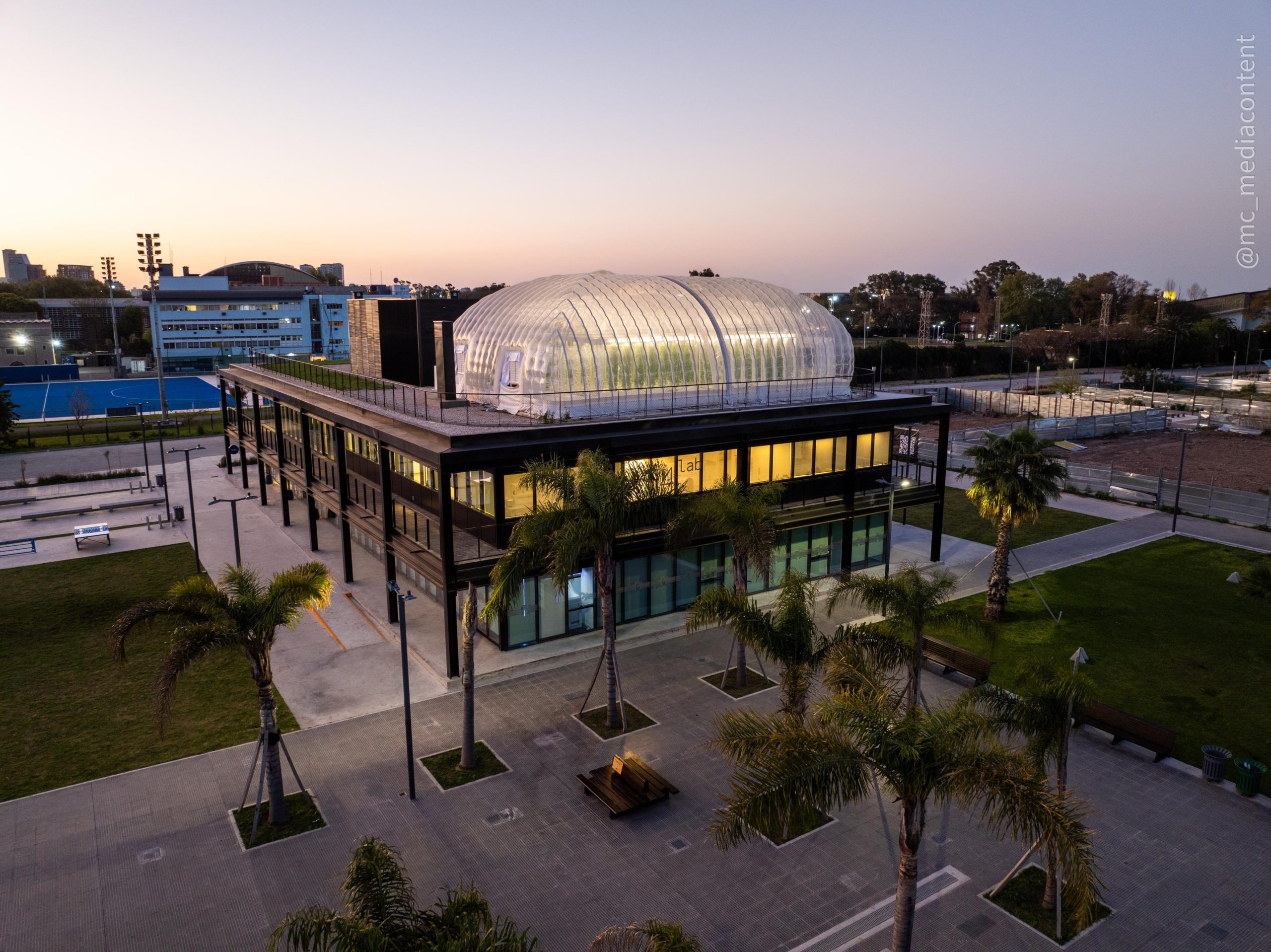5G will give more power to cloud computing and AI and creates new business possibilities, connecting people in different places around the world as if they were face to face, without delay in communication.
With the enormous amount of data generated by objects connected to the internet, the algorithms make the machines learn and work.
Introduction
Artificial Intelligence (AI) and the objects connected to the internet (Internet of Things “IOT”) are part of the world we live in, and very soon, they will be powered by 5G
It is an important start to pay attention to this to ensure a competitive advantage. Currently, the use of these tools drives businesses to generate automated and more agile services. This consequently impacts the final consumer.
In a character of technological revolution, 5G will allow it to become routine to see cars that drive by themselves, doctors that operate at a distance, robots that perform essential tasks in the industry, and other more fabulous new things.
About 5G
Although it is similar to 4G in the sense of needing antennas that transmit electromagnetic waves, to implement a 5G network, it is necessary to build many more structures to handle the waves. Hence, its existence affects the infrastructure of cities.
The main advantages of 5G concerning other internet generations are:
- Ultra speed: it is estimated that browsing and downloading can be 10 to 20 times faster than we currently know.
- Low latency: do you know that delay when you talk on Zoom with someone in another country? It will cease to exist. Today, a delay of 50 milliseconds is calculated; with 5G this number drops to 1 millisecond.
The first generation (the so-called 1G), it was he who allowed the use of those brick cell phones, a mark of the late 90s and early 2000s.
Then came 2G, the most prominent brand of which was SMS consolidation. 3G arrived soon after. Its differential was the beginning of internet access.
4G consolidated the internet access, which started to offer a faster internet — and we began to use the cell phone to see series and other actions that required a good connection.
About Artificial Intelligence
Artificial intelligence (AI) was created in 1956, but it only became popular today thanks to the increasing volumes of available data, advanced algorithms, and computing power and storage improvements.
The first AI research in the 1950s explored topics such as problem-solving and symbolic methods. It paved the way for the automation and the framework we see in today’s computers, including decision support systems and intelligent research systems that can be designed to complement and expand human capabilities.
Over these years, AI has evolved to provide many specific benefits for all industries.
Artificial intelligence is present in machines or devices that reproduce the human mind’s functioning in different activities. These tasks are operated through machine learning, deep learning, pattern recognition, and sentiment analysis.
Whenever there is a technology with the capacity to make decisions autonomously, there is an AI behind it..
AI powered by 5G
The combination of AI and 5G will move us to new ways of experiencing the world. Combined, these technologies will create immense opportunities for users and businesses.
If we consider that in the past, 3G and 4G technologies represented, for people’s connectivity, the same as the first steps in the production and use of electricity: the solution of fundamental structural problems we can expect that 5G, together with Artificial Intelligence, will represent a turning point for the entire world economy.
With the adoption of 5G, users will consume, on average, three times more data than the 4G user. It means much more information will be available to the public. This will be a full plate for using technologies that improve consumer understanding like AI, big data, and IoT, among others.
As it is a new network that will address more complex problems than previous technologies, the 5G design will benefit from artificial intelligence.
AI will make it possible to predict how customers move around the network and where and at what time they make the most traffic.
Through machine learning, the 5G network will adjust parameters, configuration, and capacity automatically, having a clear benefit from artificial intelligence algorithms and features.





